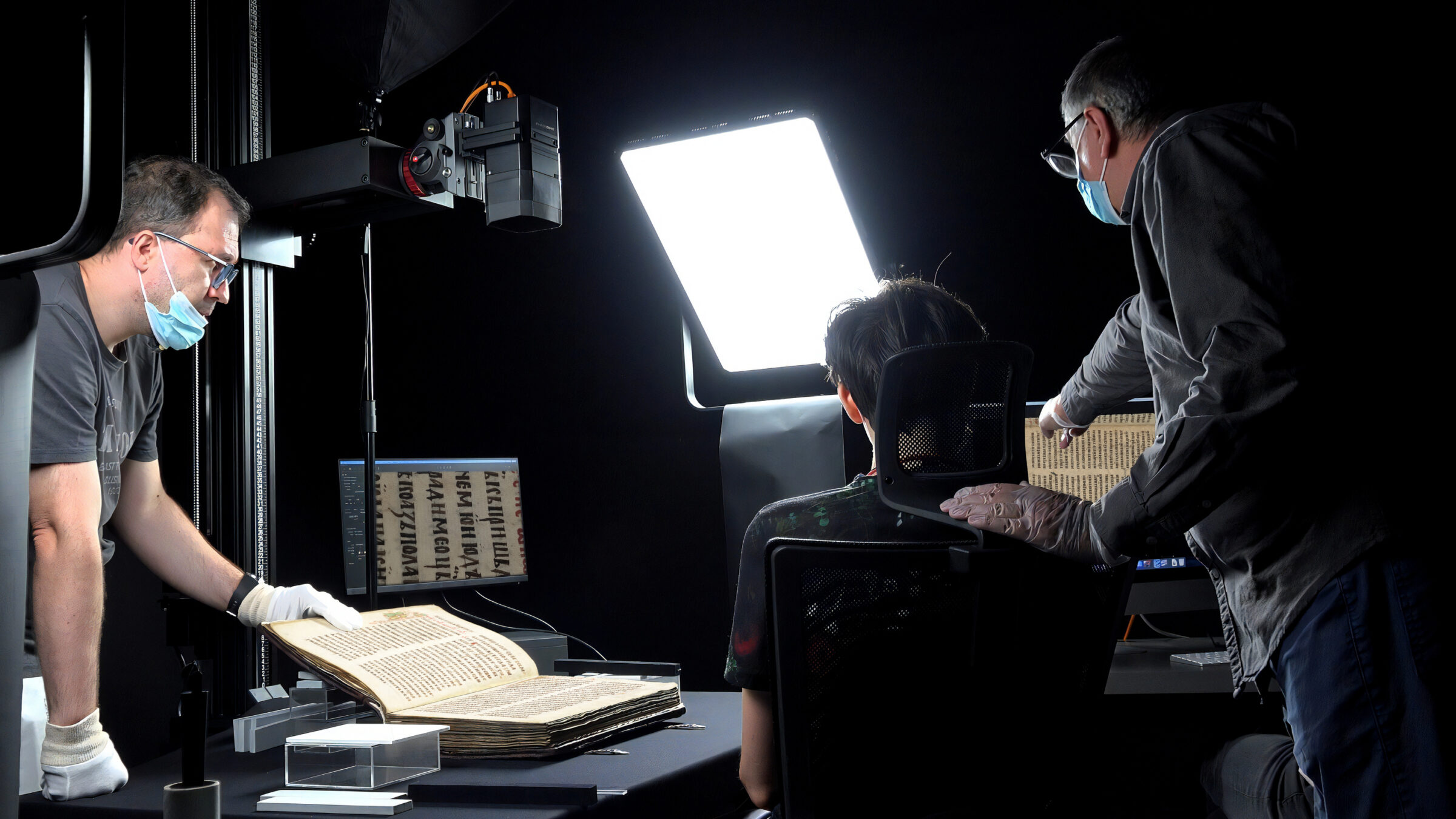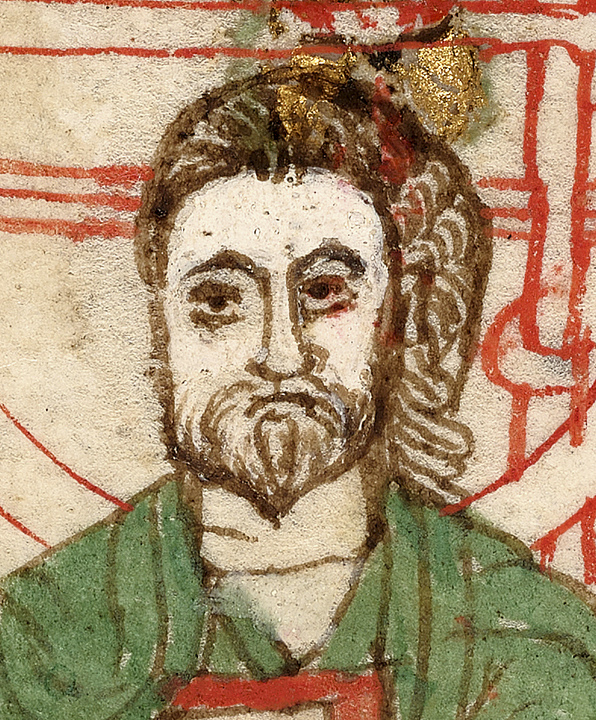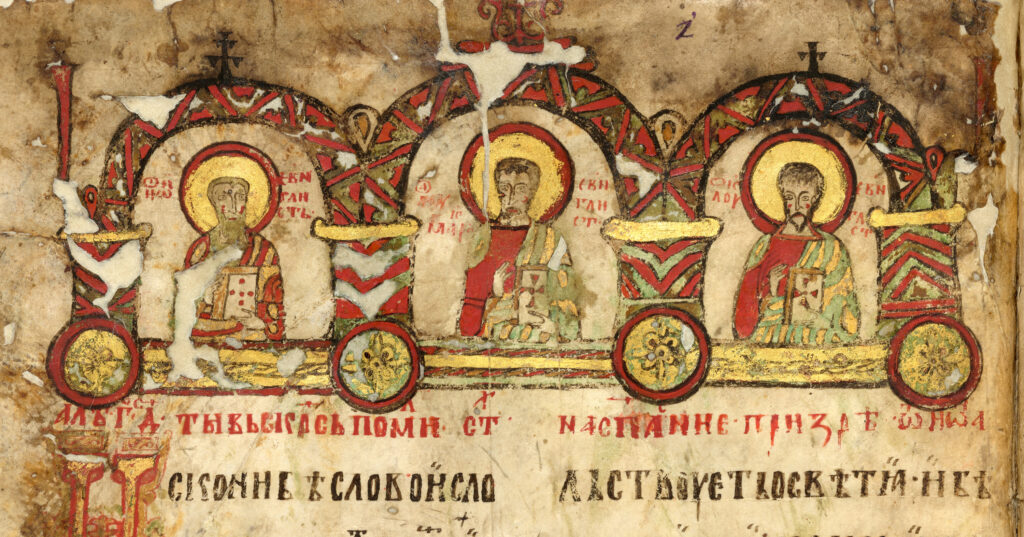
The Project of Digitizing Miroslav Gospel
Being the leading scientific and cultural institution in Serbia the Serbian Academy of Sciences and Arts (SASA) was approached by the Serbian Ministry of Culture with proposal to digitize the Miroslav Gospel, the most important Serbian manuscript from the 12th century. The digitization was to be carried out by the SASA Audiovisual Archive and Center for Digitization (AVA SASA). Additionally, two other institutions were also involved in this project: the National Museum where the manuscript is kept in a specially built chamber and the National Library of Serbia which is officially responsible for the manuscript. In April 2021, the four institutions reached an official agreement on digitization.
Before the agreement was signed, AVA SASA carried out detailed preparations which took about a month. After the preparations were completed, the digitization of the Miroslav’s Gospel was carried out at the National Museum and lasted from 23 June to 10 September, 2021.
Detail of the first page of the Miroslav Gospel with the three evangelists (John, Mark and Luke). The absence of the fourth evangelst (Mathew) remains unclear.
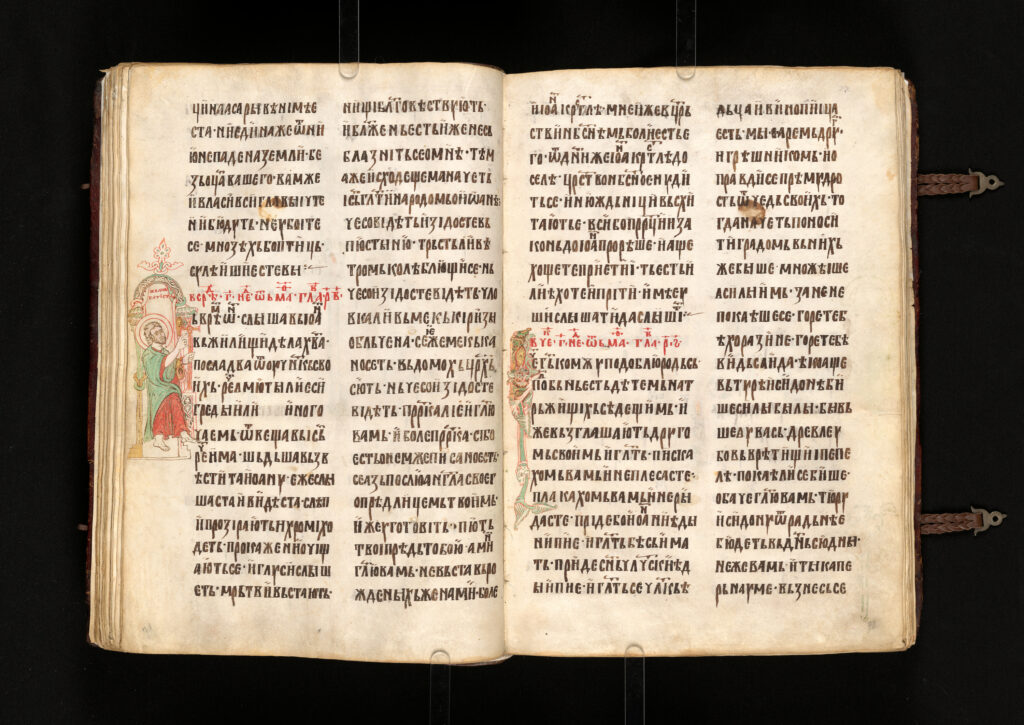
Importance of Miroslav Gospel manuscript
The Miroslav Gospel is the oldest preserved written monument of Serbian cultural heritage which was included to the UNESCO Memory of the World Register in 2005. It was commissioned in 1180 by Miroslav, the ruler of Hum and brother of Stefan Nemanja, the Serbian Grand Duke. For seven centuries it was kept in the library of the Orthodox monastery of Hilandar, the Serbian monastery on Mount Athos. In 1896 it was donated to Aleksandar Obrenović, the King of Serbia. During the First World War it was carried across the Albanian mountains with the retreating Serbian army and was returned to Belgrade at the end of the war.
As an evangelistary it has liturgical structure with a text arranged according to the readings during the liturgical year. Written on parchment, the Miroslav Gospel comprises 181 leaves (362 pages). The manuscript measures 41.8 x 28.4 cm. On almost every page there are lavish initials and illuminations, some of which are decorated with gold. The codex contains a total of 323 initials and illuminations, some of which are up to 20 cm in size.
The Miroslav Gospel, which is now kept in the National Museum in Belgrade, was digitized by the Audiovisual Archive and Center for Digitization of the Serbian Academy of Sciences and Arts.
Two pages of the Miroslav Gospel with initials and illumination, some of which are decorated with gold.
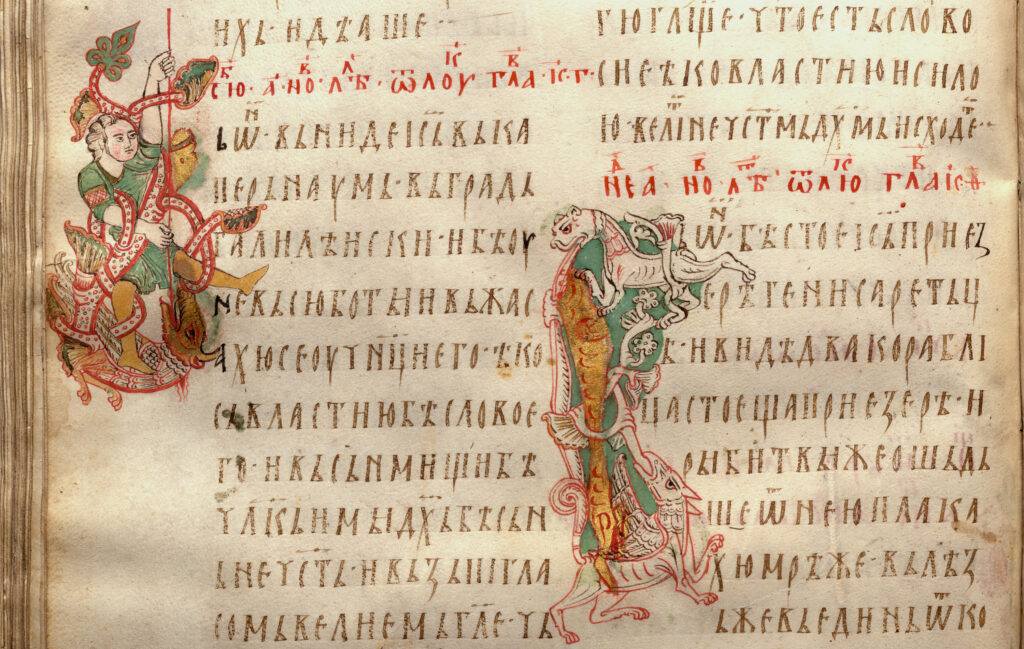
Initials and illuminations
The peculiarity of the Miroslav Gospel manuscript are the initials and illuminations based on Romanesque with Byzantine traditions. It contains initials characteristic of Romanesque miniatures, as well as initials of Byzantine origin. This work is one of the most important testimonies to the artistic influences of the 12th century from the West to the East and vice versa.
The illuminations and initials of the Miroslav Gospel are among the most beautiful Serbian medieval book decorations. All of them are richly decorated with ornaments, braided with two or more interwoven strips, or the contours of the letters are clearly visible in the tangle of leaves. There are also initials decorated with animals, masks, and human figures, sometimes ornameted with gold applications.
Detail with illumination and initial
Digitizing process: unfolding challenges and solutions
Preparations and experimentation for digitizing the Mirolav Gospel lasted for a month. The manuscript was digitized in the following variants:
- Both pages of an unbound book with two LED panels;
- Each page using two LED panels;
- Each page using one LED panel;
- Each initial and each illumination using two LED panels;
- Each initial and each illumination using one LED panel.
Although it does not comply with the FADGI recommendations, digitization with a single LED panel provides more information about the structure of the parchment and the granulation of the paint (picture at the bottom).
Detail of the illumination captured with two and one LED panel. the original detail is 1,7 cm.
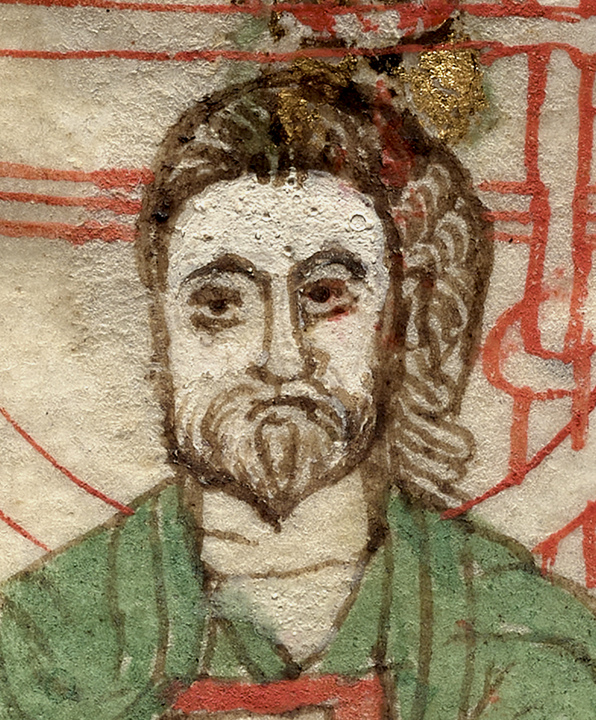
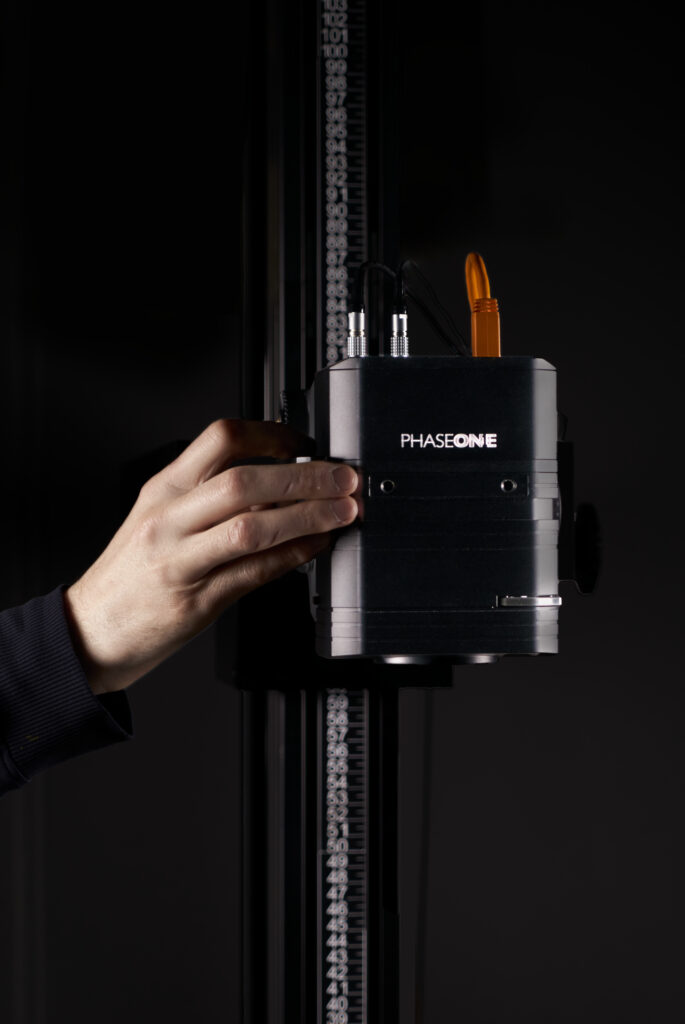
Camera settings to maximize sharpness and maintain constant page size
In order to attain top standards in digitizing cultural heritage, AVA SASA opted for the acquisition of Phase One solutions, following the example of the world’s most important archives and museums that use this equipment in digitizing their material.
All variants of Miroslav Gospel digitization were taken with the Phase One iXG 100 MP camera. The photos of the open book with two pages and the individual pages were taken with a Schneider Kreuznach 72 mm iXG lens, while Schneider Kreuznach 120 mm iXG lens was used for the initials and illuminations.
For the open book with two pages the camera was mounted at a height of 107.5 cm. After capturing two leaves the height of the camera was reduced to maximize sharpness and maintain constant page size. The same procedure was used for individual pages with the camera starting at a height of 76 cm. For the photographs of the initials and illuminations taken with the macro lens, the starting height of the camera was 69 cm.
Phase One iXG 100 MP with Schneider Kreuznach 72 mm iXG lens for capturing single pages and two pages of the open book
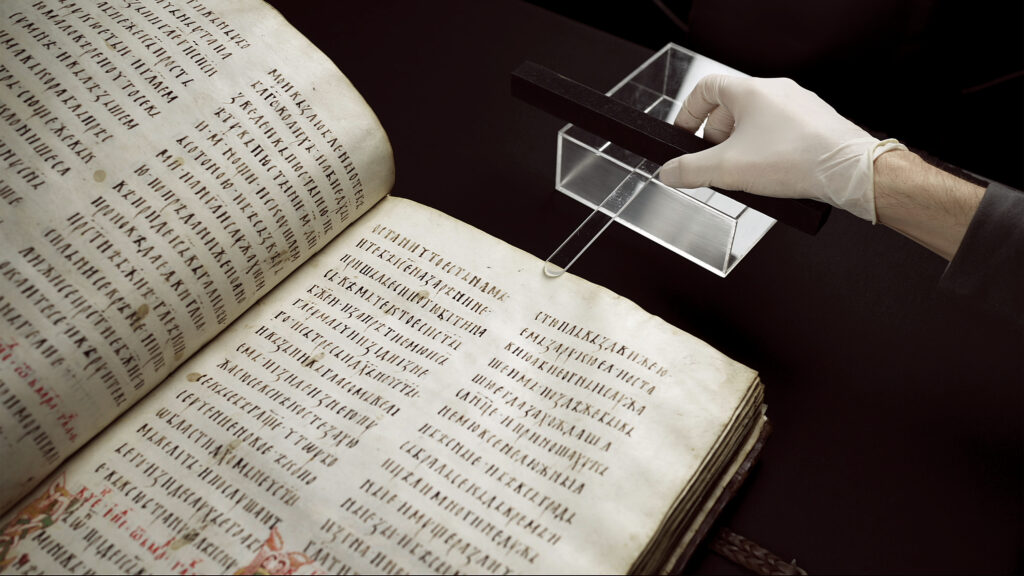
Levelling the parchment pages
Since the Miroslav Gospel was not allowed to be unbound, the book had to be digitized in a binding. This led to the following problems: a) Parchment is wavy and fragile, and the leaves are usually not in an ideal horizontal position; b) Some initials and illuminations sink into the binding which requires careful handling when the book is stretched to make them visible.
The challenge of levelling the pages could not be resolved by the usual method of placing a glass plate, as physical contact with the parchment is prohibited.
For this reason specially designed Plexiglas rods were created ensuring satisfactory alignment. The strength of the pressure and the stability of the rods is regulated by Plexiglas boxes containing larger rods. Thus, the parchment pages are leveled using this innovative combination of Plexiglass rods and plush-covered lead weights.
Leveling the parchment page with specially designed Plexiglass rods and plush-covered lead weights
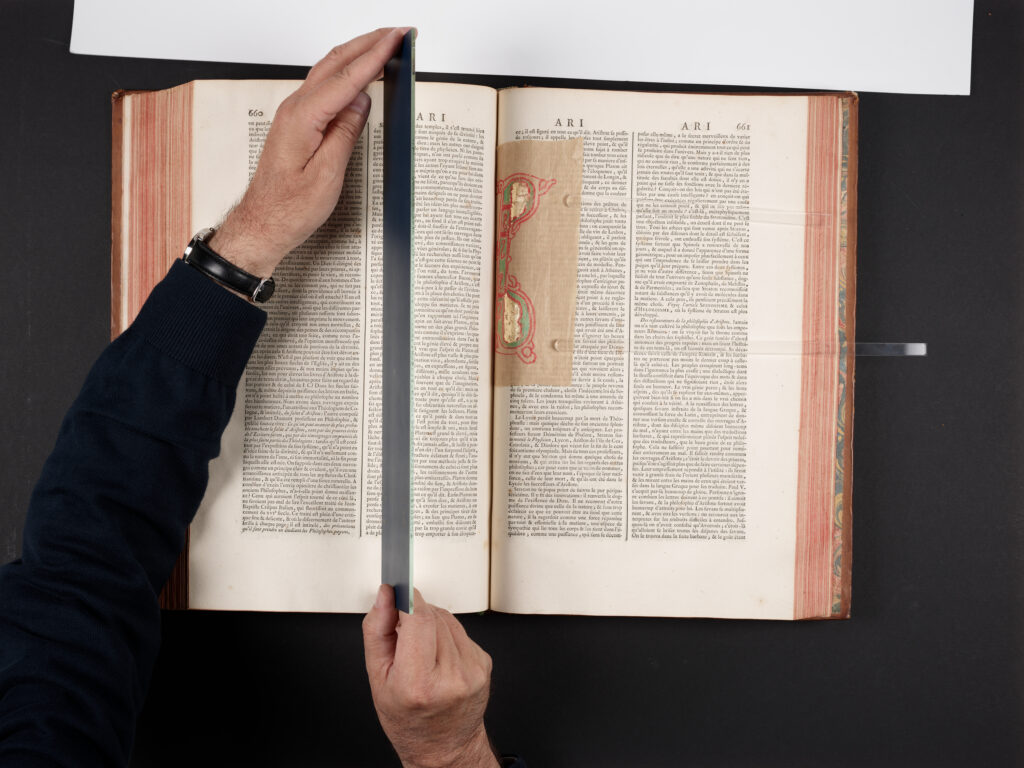
How gold applications were captured to resemble the real essence of golden material
A number of Miroslav Gospel initials and illuminations contain gold applications. Illuminating the page on which they are located requires special attention, because gold is a metal that has its own structure and glow. In other words, the photo must clearly convey that it represents gold, rather than merely a yellow color.
Using an extremely sensitive camera to capture images of gold carries a risk that parts of the gold application will “burn out”, which means that a white surface may appear in areas with strong reflection. On the other hand, attenuating the glare by reducing the intensity or changing the angle of the LED panel could result in the gold surface sinking into the shadow , thereby losing the information that the material in fact is gold.
To solve this problem, tests were carried out to determine how the gold would appear when photographed the Miroslav Gospel. The tests were run on a volume of Diderot’s Encyclopedia, the book with similar dimensions to those of the Miroslav Gospel. For this purpose, thin golden metal foils, which are used for gilding, were distributed on different parts of the page. In a series of tests in which the angle of the LED panel was varied, optimal lighting was achieved so that the gold application was neither overly reflective nor lost nor lost in shadow. The precise distance and the angle of the LED panels (45 degrees) proved to be crucial to achieve the satisfactory result.
Experiment with thin gold metal foils used for gilding to simulate gold applications on initials and illuminations in Miroslav Gospel.
How sharpness and page size constancy were kept
Several problems had to be solved when digitizing the Miroslav Gospel. The first problem was to ensure a constant page size, as the thickness of the book is 8 cm and with each page that is photographed, the thickness and thus the size of the page and the sharpness of the photograph decreases. However, the standard control of sharpness and correct page dimensions was compromised to some extent by the requirement that the digitization of Miroslav Gospel should be performed in low light during live view control. Therefore, the AVA team was forced to find a non-standard solution.
This problem was solved using fixed reticles on the auxiliary monitor. By fine tuning the camera height, the edges of the page were always exactly within a reticles frame and the picture was perfectly sharp.
One particular problem was photographing the initials and illuminations. Since they vary in size, in order to obtain a realistic dimension in relation to other initials/illuminations, a fixed reticle frame was placed on the auxiliary monitor, the dimensions of which were determined in relation to the largest initial (20 cm in height) /darkened part of the upper image/. Two additional cross reticles indicate the central point of the reticle frame where the initial/illumination to be photographed is located (blue reticles on the lower picture).
Since the initials and illuminations were photographed with a macro lens (120 mm) and the unevenness of the parchment surface is more pronounced if shooting frame is smaller, the following solution was applied. Two additional reticles were placed on the auxiliary monitor at a distance of two centimeters (left vertical red reticles on the lower picture) using a ruler placed next to the surface of the initial/illumination to be photographed. By fine-tuning the height of the camera, objects are recorded only when the two reticles precisely fit the divisions on the ruler (2 cm). This resulted in the perfect sharpness of the photograph.
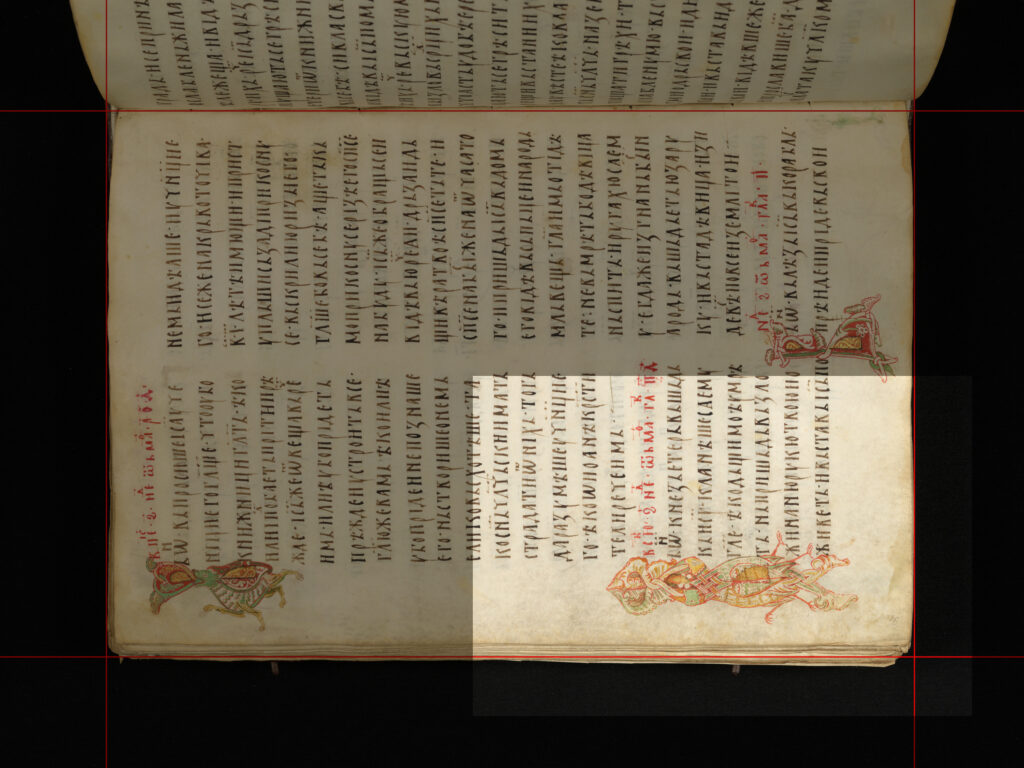
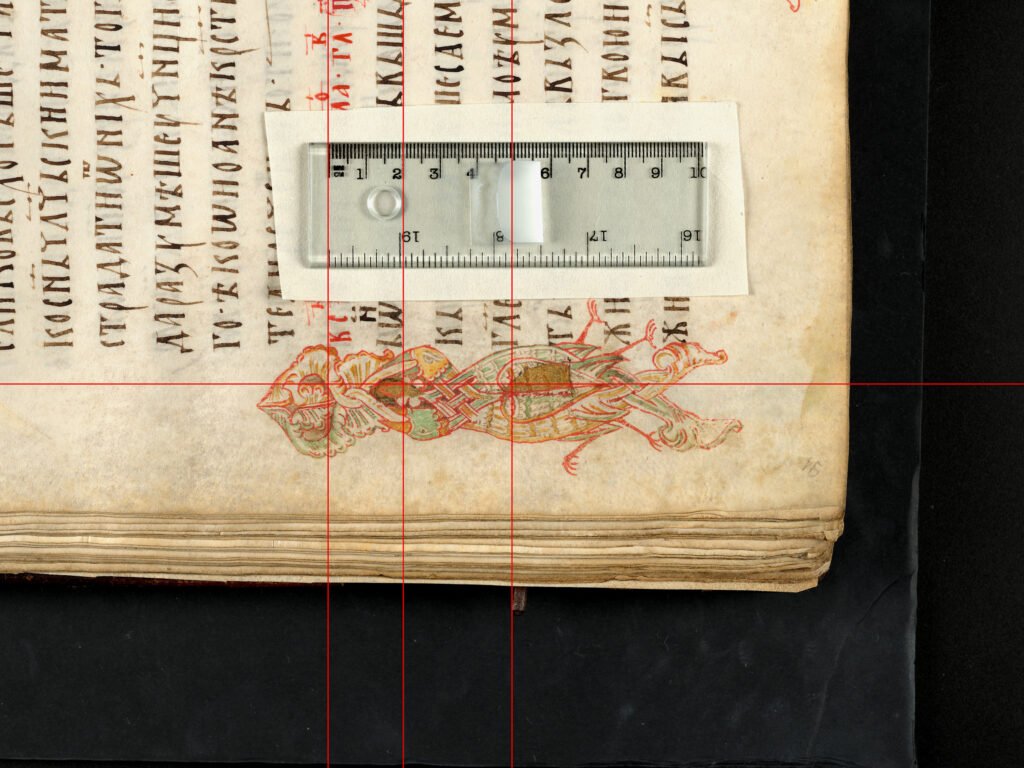
(The top picture) The reticles on the auxiliary monitor (live view) to provide constant page size. (The bottom picture) Testing the depth of field with the ruler.
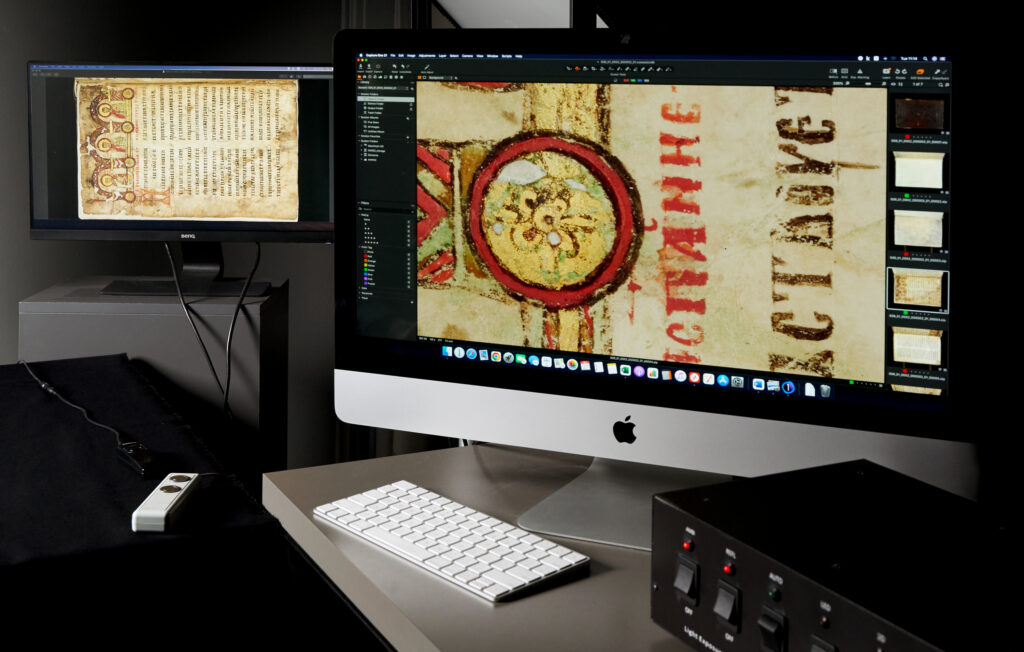
Quality control was top of mind from the start
Before taking the photos of the Miroslav Gospel, a photo of the GT (Golden Thread) test card is checked in the ISa software. The assessment includes seven parameters with a gradation of four grades (stars) for each parameter. The shooting begins when all seven parameters receive the highest rating (four stars). The highest ratings were also achieved within the Metamorphose standard and the LCC (Lens Cast Correction) profile for snapshots with two LED panels.
After taking the picture, a detailed visual quality inspection of all parts (corners and centre) was performed by enlarging photo on the iMAC screen up to 400%. The capture of the next page starts only after the enlarged photo has been thoroughly checked and accepted. Each image in TIFF format is approximately 700 MB, while the image in JPG format for web is about 2 MB.
Quality control by enlarging the photo up to 400%.
CREDITS
HEAD OF THE PROJECT: BRANISLAV VOJNOVIĆ
Expert advisor of the SASA Audiovisual Archive and Center for Digitisation
CAMERA OPERATOR: JELENA POPOVIĆ
Expert consultant of the SASA Audiovisual Archive and Center for Digitisation
CAMERA OPERATOR: STEFAN VLASTIĆ
Expert consultant of the SASA Audiovisual Archive and Center for Digitisation
MANIPULATION WITH THE MANUSCRIPT: ŽELJKO MLADIĆEVIĆ
Curator of the National Library of Serbia
VIDEO CLIP: BORIS MILJKOVIĆ

Heritage
Recovering ancient Chinese records with multispectral imaging
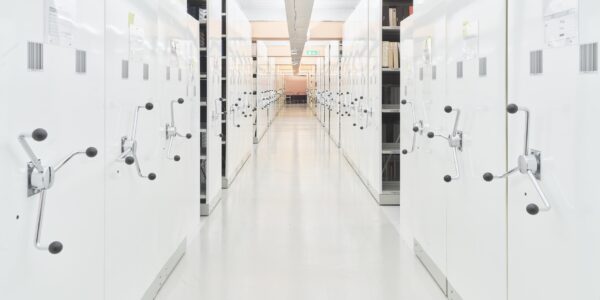
Heritage
Norway’s National Library Increases Digitization Efficiency With Phase One iXH 150MP
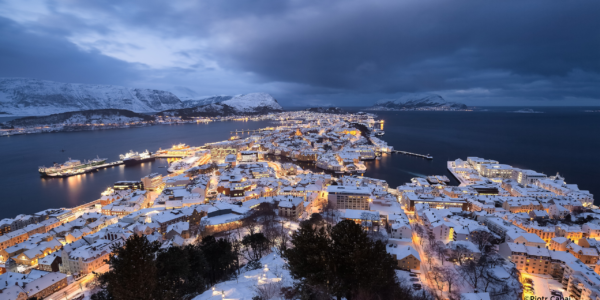
Heritage
Revealing Lost Evidence of Ålesund’s Fire With Rainbow Multispectral Imaging
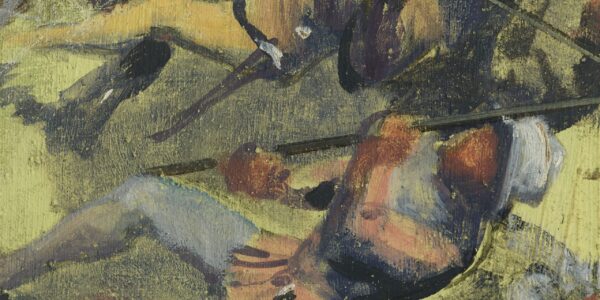
Heritage
Digitizing Panorama Formats with Phase One
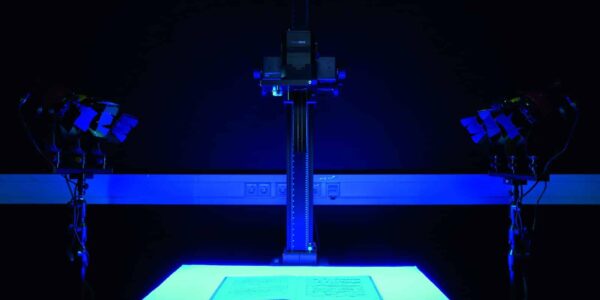
Heritage
Modular digitization at the Herzogin Anna Amalia Bibliothek
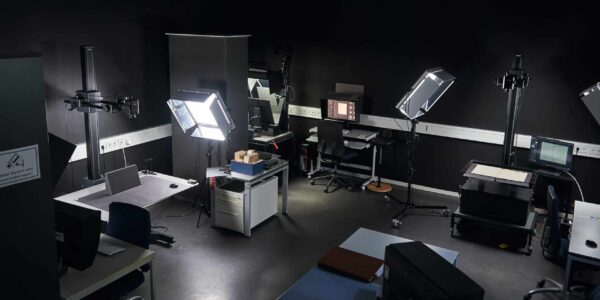
Heritage
Goethe in Weimar’s digitization center
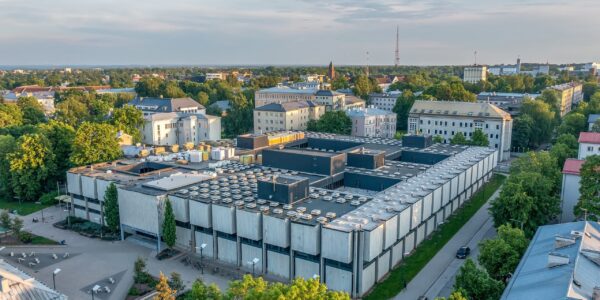
Heritage
University of Tartu Library
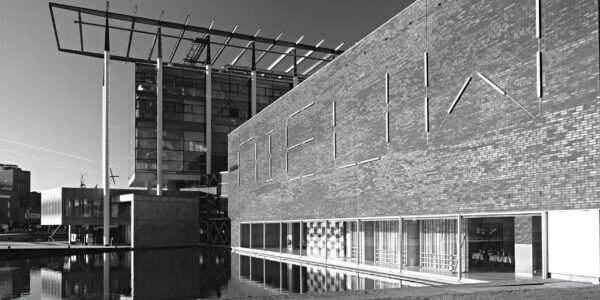
Heritage
Het Nieuwe Instituut (The New Institute) – Rotterdam, The Netherlands
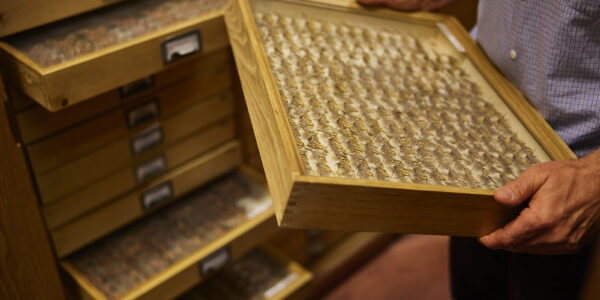
Heritage
Digitizing the Lepidoptera collection at the Hungarian Natural History Museum
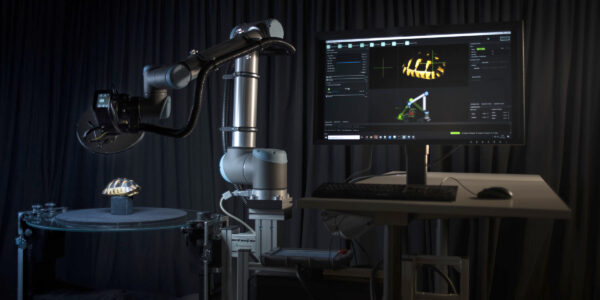
Heritage
Digitizing Dinosaurs and the Path to Virtual Exhibitions
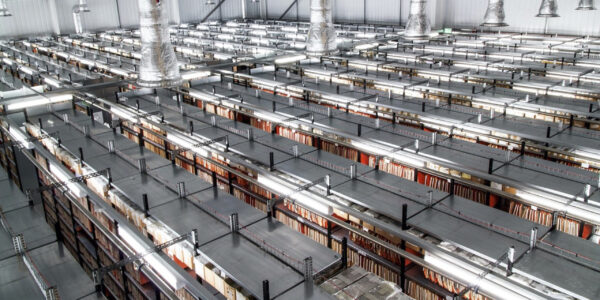
Heritage
Getty Images Archive – Phase One iXG 100MP and Film scanning solution
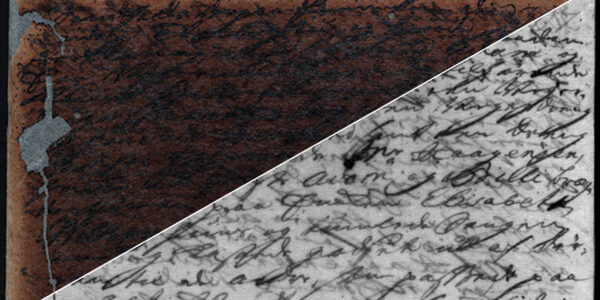
Heritage
The Royal Library of Denmark
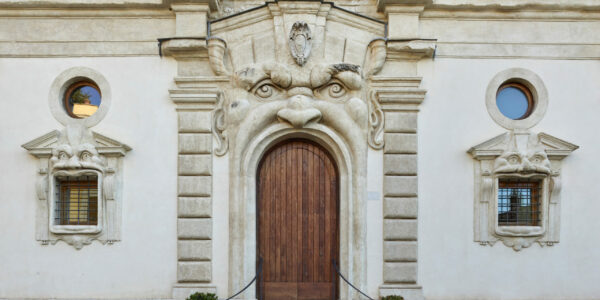
Heritage
The Fotothek of the Bibliotheca Hertziana
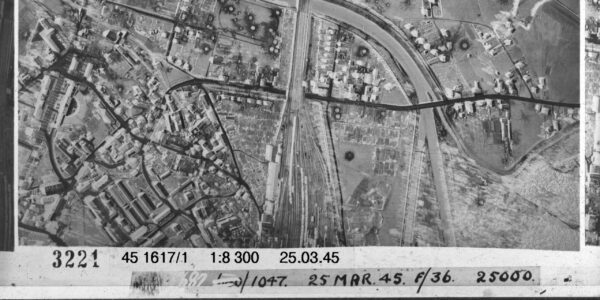
Heritage
Digital Aerial Photography Archive for Baden-Wuerttemberg
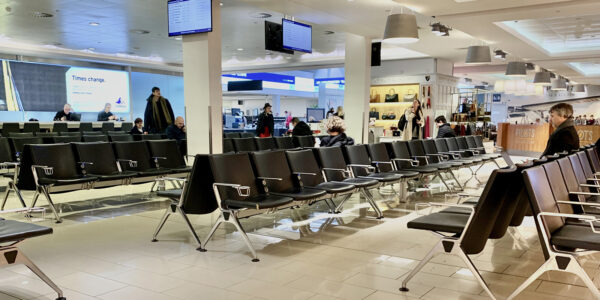
Heritage
Just in the nick of time: the story of an A0 at 300ppi test
